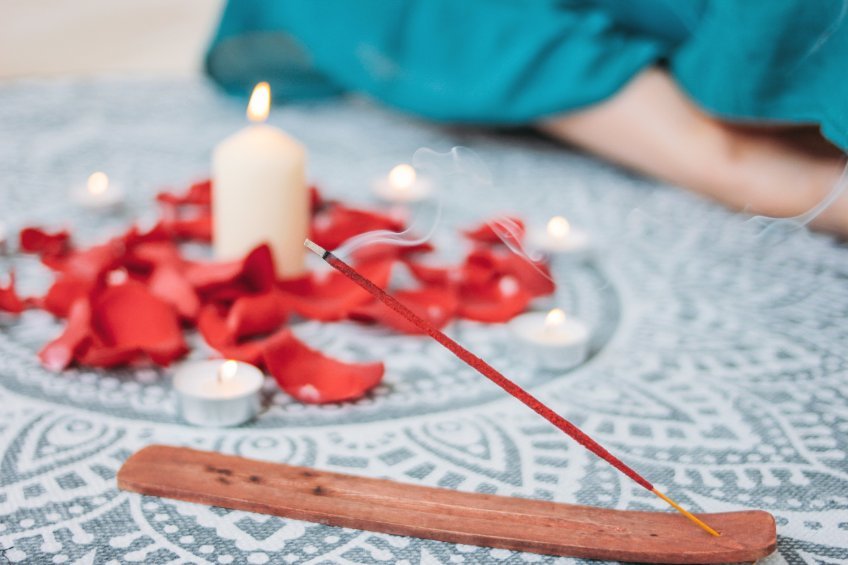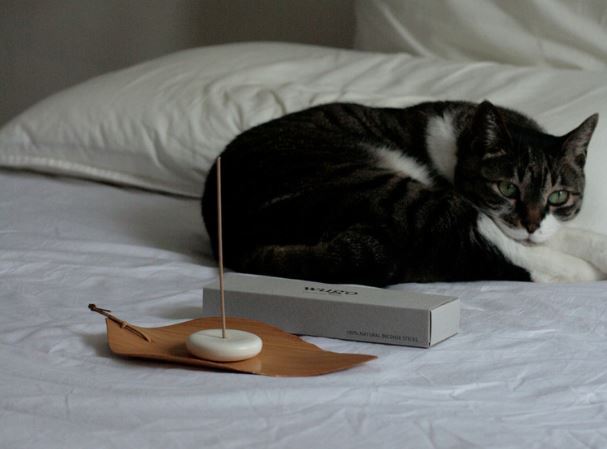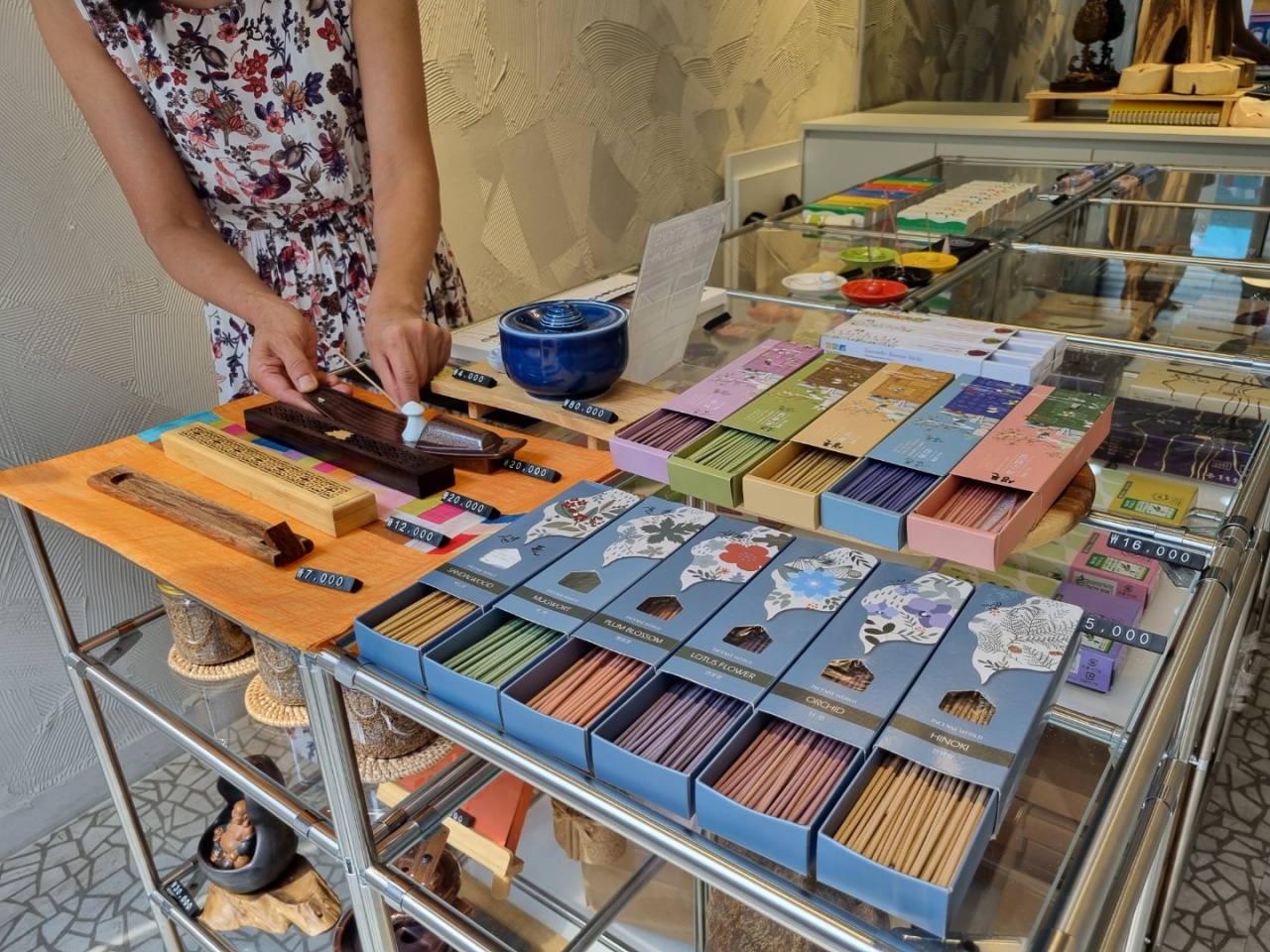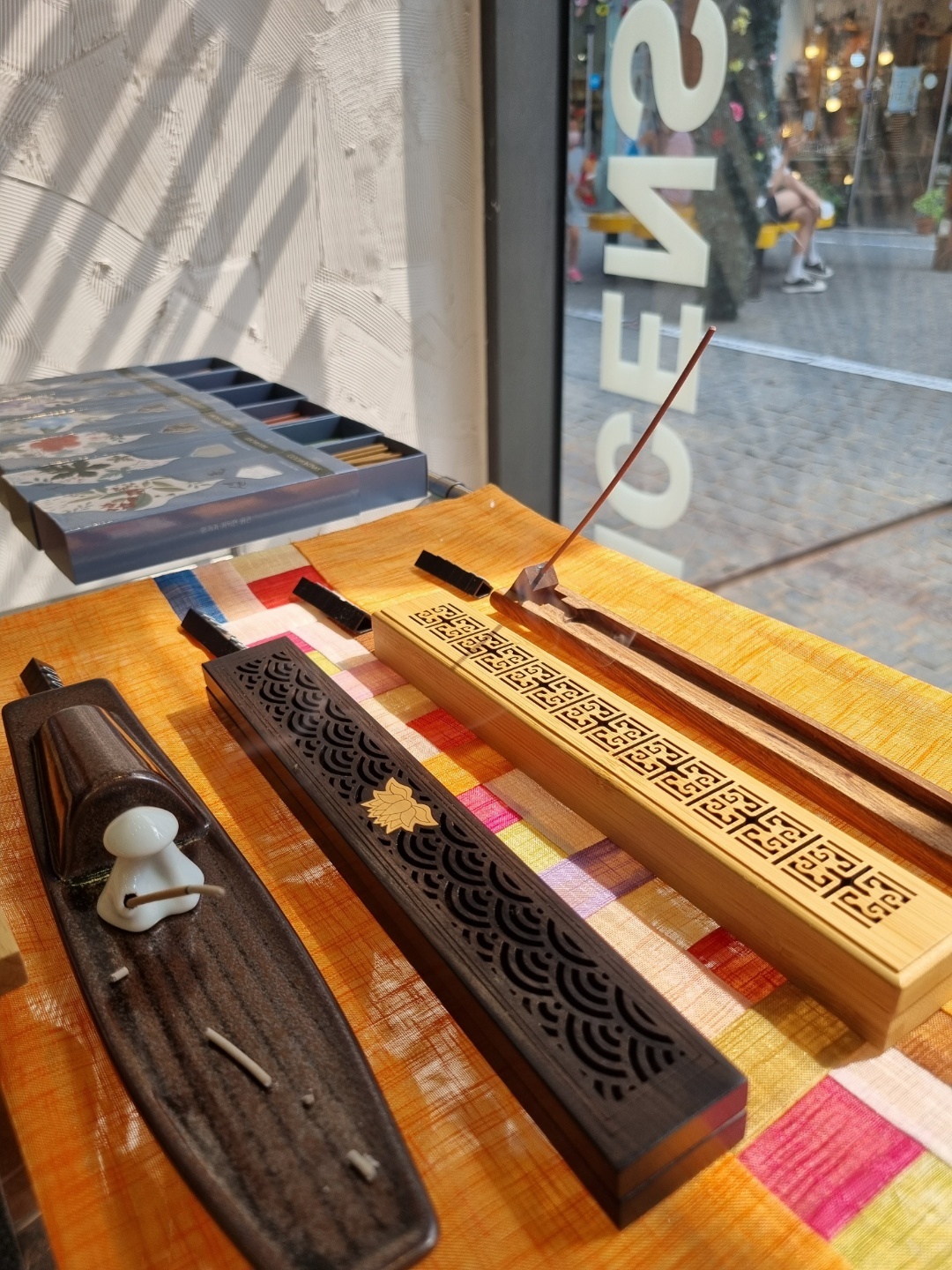
For Sung Hyun-jeong, 32, lighting an incense stick in her room has become an evening ritual.
“After having a hard day at work, I want to have me-time. The fragrant smoke that fills up my room helps relaxation and energetic flow,” said the real estate agent who has been carrying out the routine for more than five months.
Incense burning has been practiced for centuries. Historians tell us that it was broadly spread on the Korean Peninsula, from the 8th to the 14th centuries, as an essential part of Buddhist rituals. In modern times, however, incense has been used only for special occasions such as when people hold jesa ceremonies to honor the ancestors or funeral ceremonies.

Today, incense is not just used in ceremonies for departed souls. People, especially women in their 20s and 30s like Sung, are burning them for meditation, yoga or “mung” (the Korean word for a trance-like state) sessions.
Incense gained popularity in 2017 when the JTBC reality show “Hyori’s Homestay” was aired. In the show, K-pop songstress Lee Hyo-ri, who settled down on the southern island of Jeju with her husband, guitarist and singer-songwriter Lee Sang-soon, burned incense as part of her ways of keeping a good state of mind, along with doing yoga and drinking tea.
COVID-19 also contributed to the newfound popularity of incense. The pandemic drastically altered people’s lives and led them to think about how to improve the time they spend at home, according to Son Sung-hyun, the CEO of Incense World, an OEM manufacturer responsible for over 90 percent of incense sticks produced in the country.

“The two factors reinvigorated the incense industry, which has been barely staying afloat with less than 10 plants operating across the country,” Sung said, adding that his company’s revenue doubled last year from a year earlier.
As startups and lifestyle brands jump on the bandwagon, different types of incense tailored to the varying demands of consumers are hitting the market.
Incense brand E;ind, for example, targets campers and outdoor lovers with convenient incense packages that come in a card-sized metal box case. The two holes on the lid of the case substitute for a holder.
Studio Wugo, a pet startup, has introduced incense made of catnip, which contains an organic compound called nepetalactone. The substance is known to help cats relax and engage in play.

Although the number of companies producing incense products is increasing in Korea, Indian brand Nag Champa still has a dominant position in the market, according to Son.
Stick incense is generally available in Indian style, which has a skinny bamboo core in the middle. East Asian style typically has no bamboo and produces less smoke.
All Korean companies, including Incense World, produce bamboo-less sticks.
The Indian style is more suitable for outdoors, Son said, while most Korean consumers burn them indoors as a deodorant.










![[Hello India] Hyundai Motor vows to boost 'clean mobility' in India](http://res.heraldm.com/phpwas/restmb_idxmake.php?idx=644&simg=/content/image/2024/04/25/20240425050672_0.jpg&u=)








